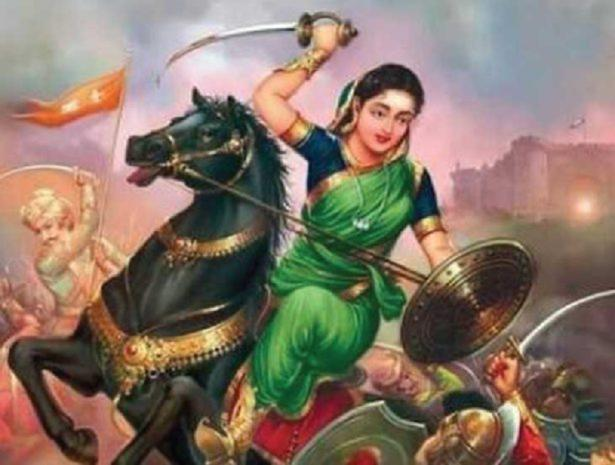Context:
Recently, the Department of Posts issued a commemorative stamp to mark the 200th anniversary of Kittur Vijayotsava at the Kittur Rani Channamma Stage.
About Rani Chennamma

- Kittur Chennamma, the Queen of Kittur, was one of the first Indian rulers to lead an armed rebellion against the British East India Company in 1824, opposing the implementation of the Doctrine of Lapse.
- Since 1824, the ‘Kittur Utsava’ has been organized every year in October to commemorate her heroic rebellion and legacy.
Early Life:
- She was born on October 23, 1778, in Kakati, a small village in present-day Belagavi District, Karnataka, India.
- She belonged to the Lingayat community and received training in horse riding, sword fighting, and archery from a young age, earning a reputation for her bravery.
- At the age of 15, she married Mallasarja Desai, the king of Kittur, and became the queen.
- The couple had one son, but both her husband and son died—her husband in 1816 and her son in 1824.
- Following these tragedies, Chennamma adopted Shivalingappa, intending to make him the heir to the throne of Kittur.
The British East India Company denied the adoption of Shivalingappa as the heir to Kittur and ordered his exile under the pretext of the Doctrine of Lapse.
- This doctrine allowed annexation of princely states if the ruler died without a male heir.
- It was seen by Indians as an illegitimate and arbitrary policy, undermining the traditional rights of Indian rulers.
Imprisonment and Death:
- In October 1824, during the first battle, her forces defeated the British, killing their leader, St. John Thackeray, and taking two officers’ hostage.
- After negotiations that proved to be a betrayal, the British returned with a larger army, leading to a second battle in which Rani Chennamma was captured and imprisoned at Bailhongal Fort for life.
- She spent her final five years in captivity there, passing away on February 21, 1829.
- Her samadhi (burial place) is located in Bailhongal taluk and is maintained by government agencies, primarily during the ‘Kittur Utsava’ and ‘Kannada Rajyotsava.’
Legacy and Commemoration:
- A historical drama film titled Kitturu Chennamma, directed by B. R. Panthulu, depicts her life.
- The Indian Railways train connecting Bangalore and Kolhapur is named the Rani Chennamma Express in her honour.
- On September 11, 2007, a statue of Rani Chennamma was unveiled at the Indian Parliament complex in New Delhi by India’s first woman President, Smt. Pratibha Patil.

